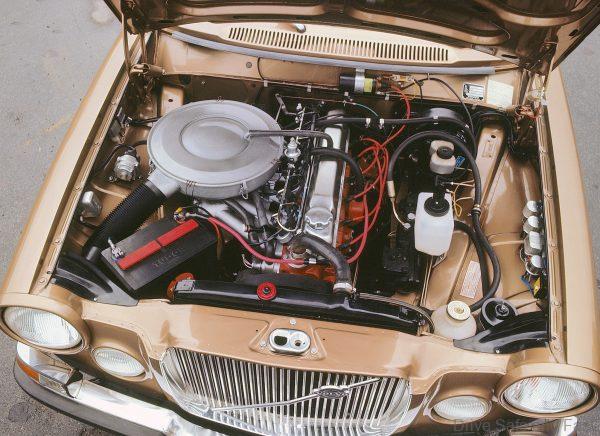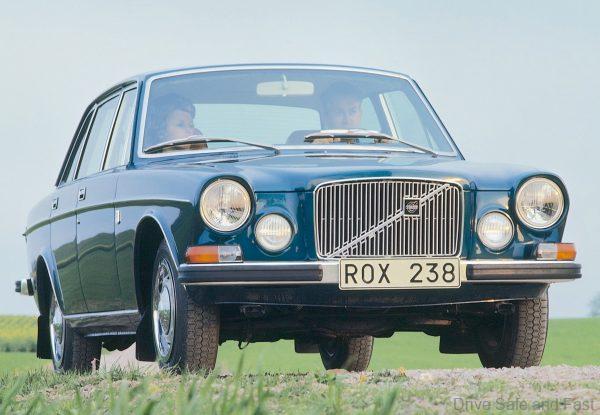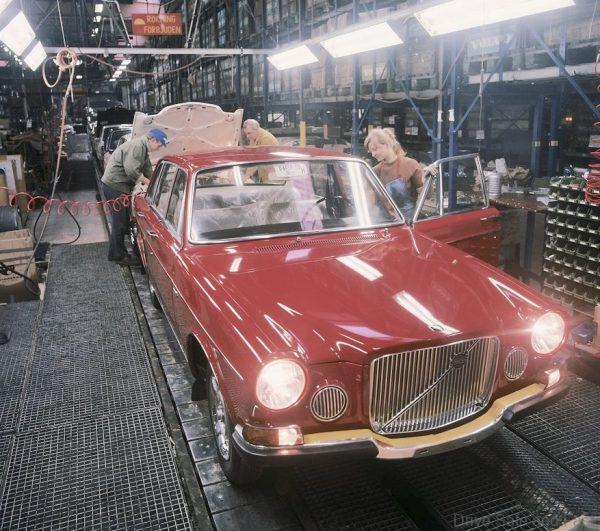When was the last time you spotted a Volvo 164 in Malaysia.
This is probably one of the most unique Volvo sedans ever and with its stand out looks, it was sold in very few numbers in Malaysia.
However, today, collectors in Malaysia are eager to get a unit and owners are not letting go so easily.
Meanwhile, let us share some historical information on this 164. After more than ten years without a six-cylinder model to offer customers, it was time in August 1968 for Volvo to unveil its 1969 model range which included a new large car for the more prestige- and luxury-oriented segments.




Stylish, elegant and comfortable
The model was called the 164, with the figure “6” in the middle denoting that unlike the cars in the 140 Series, this model featured a six-cylinder engine.
PRESS RELEASE: “The Volvo 164 – a stylish, high-specification car with features that include a new in-line six, an elegant and comfortable interior and a variety of other properties that place this model securely among the big names in what is for Volvo a new price class. The 164 is an all-new, exclusive car that in a natural and substantial way complements the Volvo Amazon (P120) and Volvo 142/144 models, representing an attractive and successful expansion of Volvo’s model range.”
This was how the new car was described in an in-house information pack just ahead of its launch in mid-August 1968. The material was written almost like a press release and it is therefore both easy and tempting to quote from it.

The powerful in-line six
When Volvo stopped production of the PV830 in 1957, this also marked the end of six-cylinder engines in the company’s car programme. The B16, B18 and B20 engines of various types and with various outputs provided the power for the entire car range between 1957 and 1968.
Many people remembered with a sense of loss the large, powerful, silent Volvo sixes that were virtually everlasting, and the comfortable and spacious cars in which they were installed. F
Plans for introduction of the V8 were soon abandoned and a decision was instead taken to introduce an in-line six with a displacement of 2.7 litres.

The 164 was available from the start with a choice of three transmission alternatives: manual 4-speed or 4-speed with overdrive, and 3-speed automatic. The manual gearboxes had a relatively short floor-mounted gear lever between the front seats, but the 164 could also be specified with a front bench seat and steering-column gear lever. Cars with automatic transmission came only with a column-mounted gear selector.

The diagonal grille bar makes a comeback
The Volvo 164 had a 270 cm wheelbase, 10 cm more than the rest of the model range, creating more space for the long engine and also adding more legroom in the rear. Otherwise the 164’s lines were in principle the same as in the 144, with one marked difference: the front and bonnet.
The fact that the grille is upright and almost square – with a clear nod to luxury-car manufacturers based in Crewe and Stuttgart which is strangely enough not even mentioned in the information material. Nor is there any mention of the fact that the iron mark held by the diagonal bar made a comeback on the front of a Volvo car after an absence of more than 20 years.

The most powerful Volvo engine ever
The nice woollen cloth upholstery on the seats and door sides created an exclusive aura but unfortunately was not very durable. Leather upholstery became standard after just one year, with velour available as an option.
Like the rest of the Volvo range, the 164 underwent a range of technical and cosmetic changes as development proceeded apace. What was perhaps most significant for this model was the introduction in autumn 1971 of the 164E with fuel injection: the B30E with its 175 hp SAE was at that time the most powerful car engine ever in a Volvo.

In autumn 1974 the Volvo 164 was replaced by the newly developed and logically named Volvo 264 powered by the PRV-developed V6 engine that stayed with various incarnations of Volvo’s flagship model until autumn 1990, when an in-line six which was all-new and built entirely of aluminium, once again powered Volvo’s top model, the 960.


